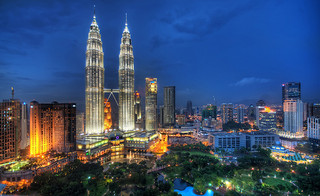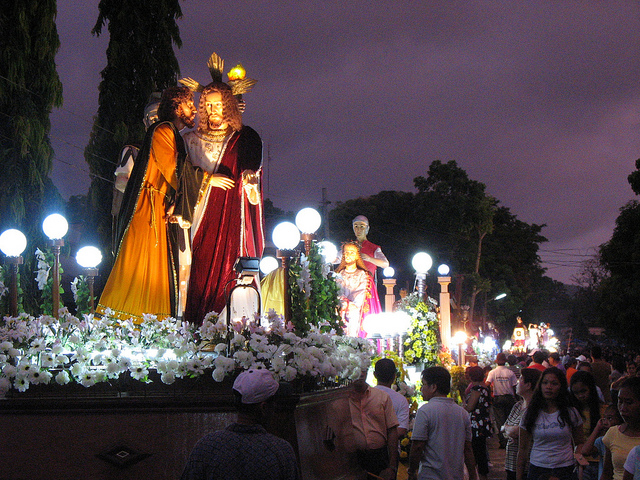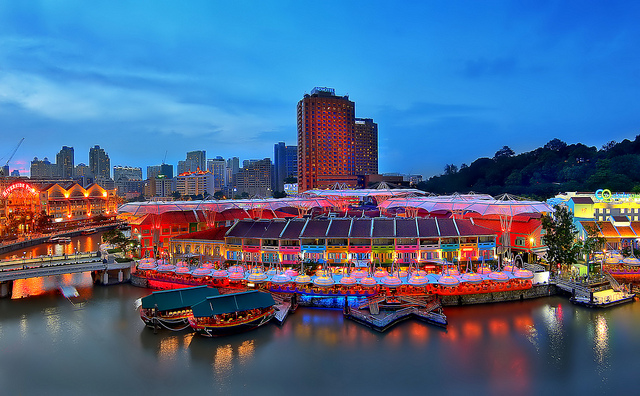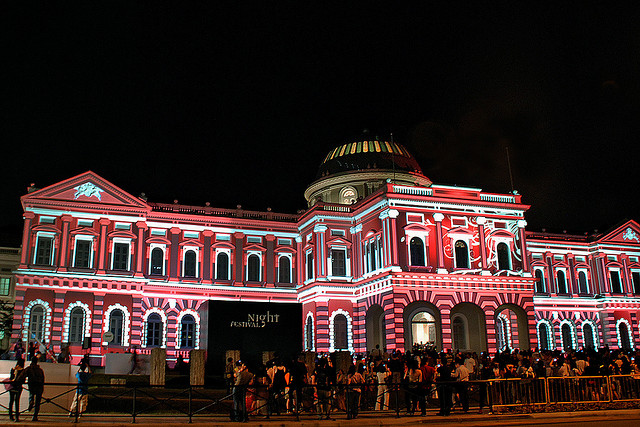Hari Raya Puasa is more known to the world as Eid al-Fitr, the “Feast of Breaking of the Fast.” It is one of the two Eid holidays that the Muslims worldwide celebrate every year. Hari Raya Puasa, or Hari Raya Aidilfitri is how the holiday is referred to by the Muslims in Singapore and Malaysia. In Indonesia, another Muslim-majority country, this holiday is more popularly known as Lebaran.
Hari Raya Puasa marks the end of Ramadan, the holy month of fasting for the Islam. It occurs on the first day of the 10th month, Shawwal. Like most Islamic holidays, the date follows the Islamic lunar calendar and varies when the Gregorian calendar is referred to. In 2013, Hari Raya Puasa falls on August 8-9 in Malaysia and Indonesia, and only on August 8 in Singapore.
What is Ramadan?
Muslims all over the world observe Ramadan, the ninth month of the Islamic calendar, with month-long fasting. This yearly tradition is considered as one of the Five Pillars of Islam, and is an obligation for all healthy, adult Muslims. Fasting begins from dawn and lasts until sunset, and is a time when they follow and reflect upon the teachings of Islam while abstaining from solid foods, liquids, intimate relations and arguments.
Hari Raya Puasa Celebrations
In Southeast Asia, Hari Raya Puasa is a major holiday for many countries in the region, particularly in Singapore, Malaysia and Indonesia.
The basic celebration for the Muslims in these countries are similar. The day begins with a light meal before heading out to the mosques for prayers while dressed in their best clothing. Afterwards, they visit family and friends to greet them a “Happy Eid” and ask forgiveness for their past transgressions.
In Singapore, the holiday is considered to be one of the biggest holidays. Shops prepare for the faithful who will shop for new things like clothes, shoes and food that will be used in the celebrations. Muslim communities in the country like Geylang Serai and Kampong Glam will have Ramadan bazaars that feature food and other items for sale. There are activities like the Great Hari Raya Light Up, a festival of lights, lanterns and loud firecrackers to mark the celebrations. As it is a public holiday, most government offices and banks are closed for the festivities. Some private offices also close down, but this is on the discretion of the management.
Muslim-Singaporeans consider this a day for feasting, and often prepare traditional dishes like beef rendang, ketupat, lontong, cookies and other sweets.
In Malaysia, it is not unusual for people to travel back to their hometowns, no matter how far it is. This homecoming is called “balik kampung”. When greeting each other, they say Selamat Hari Raya” which means, “Wishing you a joyus day in celebration”.
Like in other Muslim communities, the Muslim-Malaysians don their best traditional cultural dress. Many also follow the practice of visiting the graves of family members and loved ones and offer prayers for them.
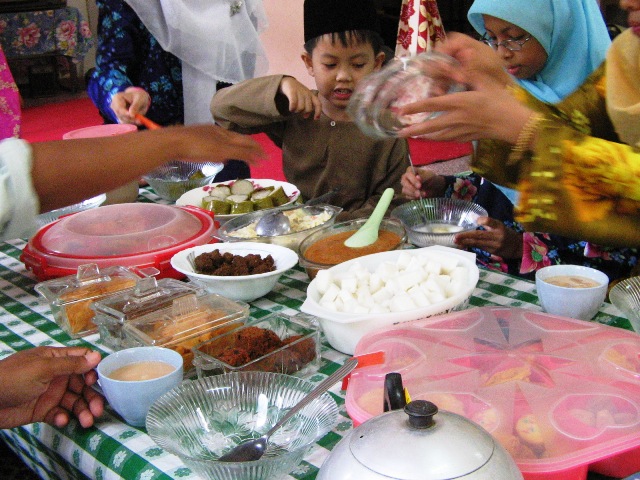
Some Muslims in major Malaysian cities would decorate their homes and hold an open house to welcome people to their homes as part of the Hari Raya Puasa celebrations. Some also light firecrackers, but these have been limited in the recent years to prevent injuries to the merrymakers.
In Indonesia, Lebaran is likewise an occasion to come home and celebrate the festivities with the family. On the days leading to Lebaran, business picks up tremendously as everyone shops for items needed, particularly new clothes to wear on this occasion. Traffic can become a huge problem as the whole of Jakarta would make an exodus to their home provinces which could lead to gridlocks for hours on end. But this exodus makes the now nearly-deserted capital tempting to explore without the heaving chaos that sometimes make Jakarta suffocating.
Southeast Asia is a region of people who practice different faiths. Despite this, it has been customary for non-Muslims to show respect for those who follow the Islamic faith. Some even participate in the festivities after the traditional rituals of prayer. In the Philippines, the event is known as Eid al-Fitr and has been recognized as a regular holiday for the entire nation in respect for the sizeable Muslim population in the country.
Difference from Hari Raya Haji
Both Hari Raya Puasa and Hari Raya Haji are about thanksgiving, strengthening of family ties, and reaffirming the precepts of Islamic faith. In both holidays, Muslims spend time in prayer and afterwards visit core family (first), relatives (next), friends and business associates (later) to seek reconciliation or reaffirm good relations.
Hari Raya Haji, on the other hand, is more about making sacrifices. It is a dual celebration to mark the end of the yearly pilgrimage called Hajj, as well as the commemoration of the prophet Ibrahim’s willingness to sacrifice his son Ishmael as commanded by Allah. As such, Hari Raya Haji involves the slaughter of animals like sheep, goat and cow, and afterwards, the distribution of their meat to the poor and needy.
In conclusion, both Hari Raya shows the depth of the Muslims’ devotion and their commitment to further strengthen the unity with their brethren in faith.
Photos by coolinsights, chooyutshing, Meutia Chaerani, Tianyake and chooyutshing
